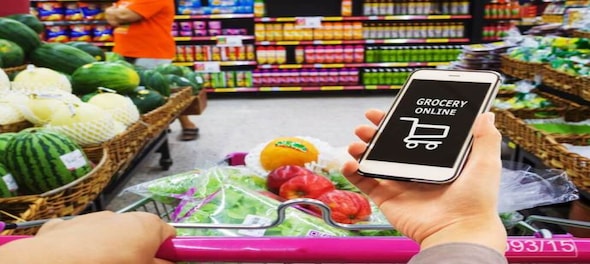
Instant grocery delivery services have seen a boom of sorts over the past year. Amidst the COVID-19 lockdowns and movement restrictions, the convenience of having groceries delivered straight to our homes, at times within just 15 minutes, has been a major driver of their popularity.
In Europe and US, several startups like Getir, Gopuff, Jokr and Gorillas have set up numerous dark stores -- mini warehouses that can support grocery delivery within 15 minutes or less. Closer home, services like Swiggy Instamart, Grofers, BigBasket and others are starting to capitalise on the attractiveness of instant grocery delivery.
But convenience often comes at a hidden cost. And the first ones to feel the pinch are retail brick-and-mortar stores. As small stores are unable to compete with multi-million, and sometimes multi-billion dollar enterprises in terms of logistics and convenience, they have no choice but to go out of business. In the US, this has already translated into empty storefronts and vacant corner shops across once busy streets.
More vehicles, less stores
The rise of delivery services also means that there are more vehicles on the city streets than before. Bicycles, mopeds, scooters, bikes and other means in the future will continue to tax the infrastructure of each city, as delivery services try to cover each nook and cranny of the growing urban regions of the world. The environmental costs will be particularly high, as express delivery services necessitate the use of delivery vehicles being sent under full capacity.
Under the threat of such services, the urban fabric of community, which is often knitted around the areas of shopping, commerce and retail areas, gets unravelled.
Cities like Singapore are already working on plans to restore some of their retail zones to their former glory by diversifying the use of building lots. But as the rise of ride-hailing services highlighted, policymakers must prepare to support the brick-and-mortar stores while also embracing the convenience of instant delivery services.
(Edited by : Shoma Bhattacharjee)
First Published: Dec 9, 2021 9:45 AM IST
Check out our in-depth Market Coverage, Business News & get real-time Stock Market Updates on CNBC-TV18. Also, Watch our channels CNBC-TV18, CNBC Awaaz and CNBC Bajar Live on-the-go!


BJP's Hindi heartland dominance faces test in phase 3 polls
May 2, 2024 9:14 PM
Lok Sabha Election: Re-elections at a Ajmer booth after presiding officer misplaces register of voters
May 2, 2024 4:54 PM

